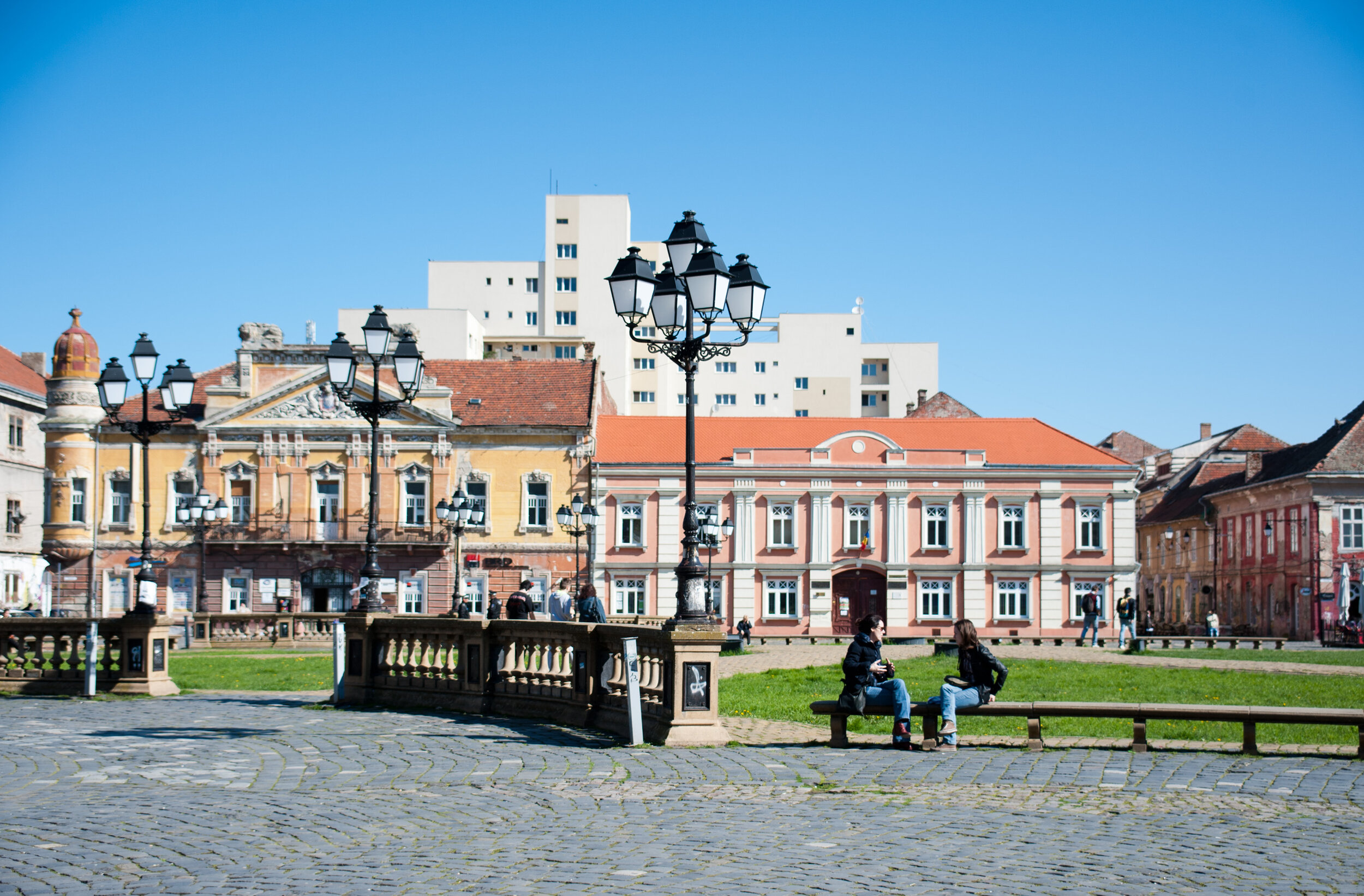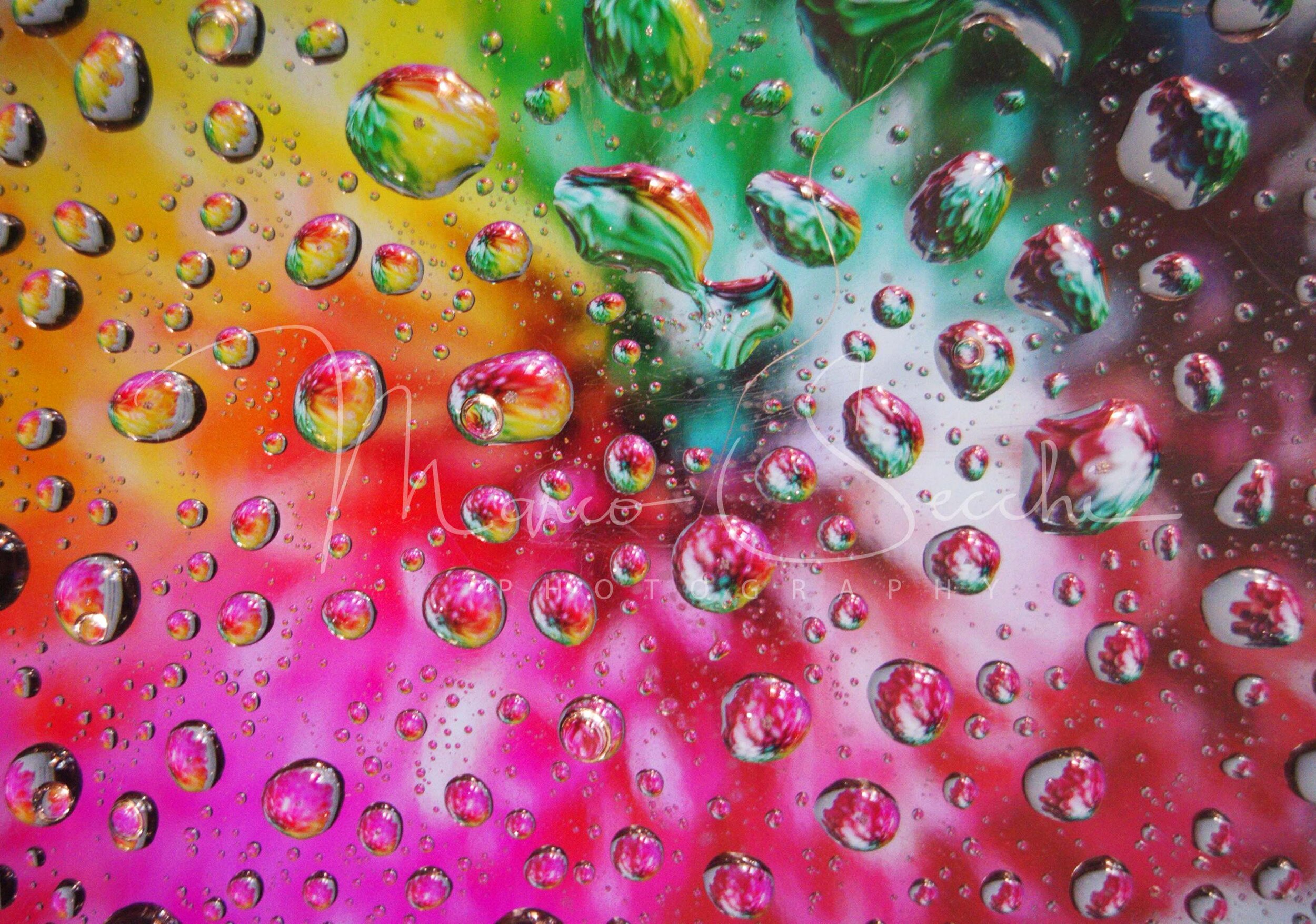Timisoara a Digital Nomad paradise??
/Now you have heard of Bucharest, of the most impressive castle in the country, and for sure you have heard about the myth and legend of Dracula, but have you ever heard about Timisoara? It is a small town in Romania one of the Balkan States in Central Europe bordering Croatia, Hungary, Serbia, Moldovia and Ukraine. [Sources: 7, 8]
The origins of Timisoara date back to the Middle Ages, but the town has always played an important role in history due to its strategic position at a crossroads. Turks, Tatars, Austrians, Germans and Soviets have shaped the city by fusing different types of architecture. Over the decades, various other cultures of migration and conquest have ventured to this place, and there have been numerous events that show the rich heritage of the Timisoara period. Roman fortresses built around it and the ancient "Roman" fortress on which it was built. [Sources: 6, 7, 11]
Timisoara offers beautiful parks and botanical gardens, but there are many reasons to visit the city, not only because of the beauty of the city itself. In Timisoare there are also museums that can add history lovers to their program in Timiscoara. [Sources: 0]
If you are interested in history, you can take a day trip to Timisoara and visit the remains of some remarkable buildings. The entire historic centre of Timiscoara is full of attractions and beautiful after undergoing extensive restoration, with EU funds being used to preserve many of its historic buildings and monuments. [Sources: 1, 4]
It is very close to Unirii Square and you will see the Romanian National Opera, which shares the same building. Next, cross the Carpathians to Transylvania and stop at Densus, where you will find one of the oldest Romanian churches. If you don't have a navigation system, you may have to stop in the city centre for a few minutes before you head to the next city. [Sources: 2, 4, 7]
Cafes are a big part of the trip, so it's important to find some of the most beautiful places in the area, and Timisoara is a delight. I know I would love to go back there to enjoy more time, but I am not going to do that. [Sources: 11]
Timisoara is a very cosmopolitan city, and if you ask and search for it, you can enjoy all kinds of activities, including a variety of restaurants, hotels, cafes, shops, restaurants and even a few museums. It is one of those cities that has a lot to offer and a great variety of food, entertainment, culture, art, music and more, so I can definitely make the most of it in one day. [Sources: 6, 9]
In Timisoara you can learn about the Balkan state and the recent revolution during the day and enjoy the local atmosphere by chilling out in the rooftop bars and enjoying a few drinks in the evening. The nightlife here is anything but boring because the Romanians really know how to have fun. If you just enjoy the roofs and umbrellas, then you will go there for the night, but you will have to cross the Strada Alba Iulia 10 times and drive back to the city centre. In addition to all this, there is also a wide selection of restaurants, cafes, shops, restaurants and bars. [Sources: 0, 3, 5, 11]
This makes the different religions and cultures that live in Timisoara even more interesting, which makes it so unique and impressive. If you don't know much about the city or know many people who have visited it, you probably don't know what to do in Timisoare, but here are some of the reasons why you should enjoy this city. [Sources: 11]
I have heard many times from people in Timisoara and Bucharest that this is the best country to live in and I could clearly see that people there like to live. What attracted me at the time was the fact that life in Romania is so much more affordable than in most countries to which one could have gone. Romania is not an expensive country and, being a good country to live in, you can live in such a city for less than half the cost of living in other countries. [Sources: 10, 11]
I think Timisoara could be the perfect place for a Digital Nomad Imagine, giving them the right to come and work from Rumania up to 6 or 9/12 months - regardless of their nationality under a special digital nomad visa,
I believe it would be a great opportunity for the city as well Many apartments that are empty outside the top season could find new tenants, that stay longer so create less work. The salaries and fees those digital nomads earn, it will be spent in Timisoara and in the country- resulting in a great boost of the economy through consumer spending!
Sources:
[0]: https://www.untoldwanderlust.com/reasons-to-visit-timisoara/
[1]: https://www.romanianfriend.com/attractions/timisoara-what-to-do-guide
[2]: http://romaniatourism.com/timisoara.html
[3]: https://www.lydiascapes.com/timisoara-boat-rides-walks-touch-nostalgia/
[4]: https://www.romanianfriend.com/tours/categories/timisoara-tours-day-trips
[5]: https://www.hostelworld.com/findabed.php/ChosenCity.Timisoara/ChosenCountry.Romania
[6]: https://www.alwayswanderlust.com/a-day-in-timisoara-romania-little-vienna/
[7]: https://www.caliglobetrotter.com/timisoara-the-little-vienna-of-eastern-europe/
[8]: https://jbat.lbi.org/locality/timisoara
[9]: https://wikitravel.org/en/Timi%C5%9Foara
[10]: https://erasmusu.com/en/erasmus-timisoara/erasmus-experiences/carlottas-erasmus-experience-in-timisoara-romania-559072
[11]: https://www.mywanderlust.pl/visit-timisoara-romania/
[12]: https://www.aviontourism.com/en/destinations/timisoara-1023













































